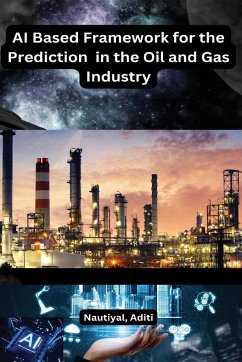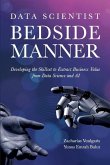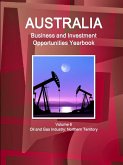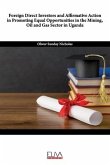Oil and Gas are the two primary non-renewable natural resources that have fueled advancement, industrialization, and globalization. The demand for these resources is ever-increasing, which is compelling petroleum engineers to explore and produce these resources from challenging subsurface locations across the globe. The extraction of resources requires a great marvel of engineering, planning, and huge capital investment. The capital expenditure on the project is directly proportional to the drilling performance and complexity of the project for an offshore High Pressure (>10,000 psi), High Temperature (> 400 deg Fahrenheit), deep (>5500 meters), S-profile well trajectory, corrosive environment, etc., well drilling budget may exceed approximately 40 million USD. The two major key performance indicators for improving the drilling performance are enhancement in Rate of Penetration (ROP) and mitigation of down-hole complications. This research work addressed these two critical drilling performance parameters through the development of prediction and optimization models using Machine Learning (ML) algorithms. The ROP is defined as the drilling rate at which the formation is drilled or the hole is deepened. Incrementation of ROP through ML technique is a two steps process. The first step is a development of an accurate ROP prediction model and the second step is to build an optimization model of drilling parameters. The ROP prediction models are developed using Artificial Neural Network (ANN) with Multilayer Perceptron (MLP) regressor, Deep Learning Keras Sequential Model, and Random Forest (RF) algorithm. In order to improve the accuracy of the respective models, the hyperparameters of ANN-MLP and RF models were tuned using the Random Search CV optimizer, whereas the hyperparameters of the deep learning keras model were tuned using the Keras Tuner-Random Search algorithm. The results of all three models are evaluated based on the Coefficient of Determination i.e., R-squared (R2) value and the Mean Absolute Error (MAE) values. It was observed that the RF model has the highest accuracy of 0.73 based on the R2 score in predicting ROP, thus the same model was used for addressing the Drilling Optimization issue using Particle Swarm Optimization (PSO) algorithm. Drilling Optimization means optimizing the drilling parameters to achieve maximum ROP without inducing any drill string vibrations so that optimum energy is transferred to the drill bit for cutting the formation efficiently. To address the same, Mechanical Specific Energy (MSE) concept is taken into V consideration while developing PSO - Drilling Optimization model. MSE is the amount of energy required to remove a unit volume of a rock. It provides a means for monitoring the efficiency of the drilling system. The upper and lower limit of the drilling parameters in the Drilling Optimization model is defined based on the equipment rating and operational parameters in discussion with petroleum engineers. Another key performance indicator is the mitigation of downhole complications i.e., stuck pipe incidents. A stuck pipe occurs when a drill string becomes immovable inside the hole. The occurrence of stuck pipe may result in excessive non-productive time for its mitigation or may result in total loss of drilled hole resulting in overrunning the budget of the drilling operations by an additional 40%- 50%.







